This works:
Dim iR2 As Long, iEqual As Long
Dim linearFitLabel As String
Dim strR2 As String
Dim r2 As Double
'Get the trendline label; may contain equation in addition to R²
linearFitLabel = ActiveChart.SeriesCollection(1).Trendlines(1).DataLabel.Text
iR2 = InStr(linearFitLabel, "R²") ' find string "R²"
iEqual = InStr(iR2, linearFitLabel, "=") ' find equal sign after that
r2 = CDbl(Trim(Mid(linearFitLabel, iEqual + 1))) ' convert everything after = into a number
MsgBox "R² displayed on chart: " & r2

Note, however, that the value returned will be dependent upon the number formatting of the R² value as displayed in the chart. So you're not going to get the actual value of R², just a value rounded off to some precision for display purposes.
Additional info
To be really clean, I would probably want to calculate R² from scratch. The formula can be written up as an Excel formula:
=1-SUMPRODUCT((B3:B10-(A3:A10*INDEX(LINEST(B3:B10,A3:A10,NOT($D$4)),1)+INDEX(LINEST(B3:B10,A3:A10,NOT($D$4)),2)))^2)/SUMPRODUCT((B3:B10-AVERAGE(B3:B10))^2)
This remains valid whether the linear fit intercept is set to zero (cell D4):

or not:

With a bit of effort, this Excel formula can be re-written as VBA.


